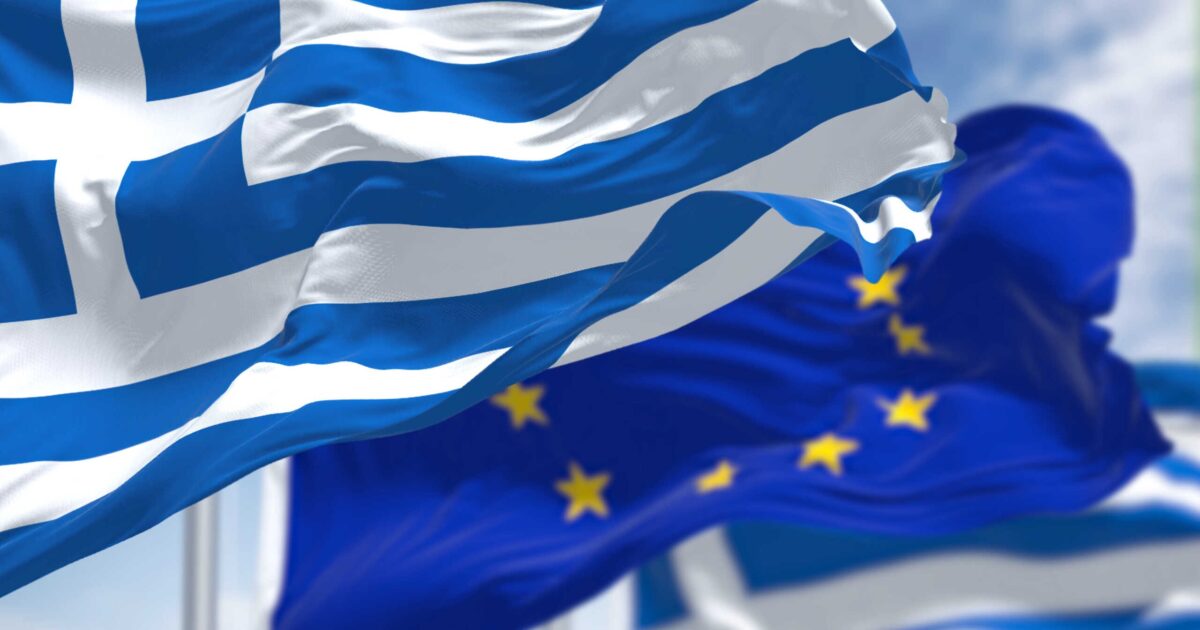A new setting for the eurozone economy, but also for Greece in particular, is deleted from the “freezing” scenario of reductions. interest rate By decision of the European Central Bank (ECB).
With the ECB’s deposit rate remaining close to 3% and the key refinancing rate of around 3.15% – 3.40%, funding conditions remain significantly tighter than the almost zero monetary policy before 2021.
The debate on the cost of borrowing from central banks has been “inflated” on an international basis. In the US, the Fed is getting suffocating political pressure from Donald Trump for immediate and large reductions – even by 1% – but the leadership of the Central Bank remains cautious, a “problem” that the US president is expected to solve by replacing Jerom.
At present, with inflation moving above the target and the labor market still being durable, the Fed is gearing up for small and careful movements, with a possible first reduction of 25 base points to autumn.
For Greece, the ECB’s “freezing” scenario means that any lending cost reductions that preceded it will not continue in the near future. Businesses will continue to borrow at rates of 5% – 6% for investment loans, which limits the willingness of new projects, especially for small and medium -sized businesses facing higher risk scope.
The mortgages, which had begun to duplicate, are expected to stabilize around 3.5% – 4% for strong profile customers, with no further decline in 2025. In consumer, the image remains difficult, with interest rates exceeding 10% and in several cases, reaching 15%, which reaches 15%, which reaches 15%, which reaches 15%, which reaches 15%. shows signs that he has taken down the walk, undermining the prospects of growth.
Private consumption, which has already been hit by accuracy and bending of purchasing power, will not receive a boost from cheaper lending.
The recovery will mainly depend on wage increases, tax reliefs (such as those expected at the TIF) and the course of prices in the basic goods, with the latest ELSTAT report not encouraging inflation, which is also reflected in the reduction of basic goods. The risk is that the market remain trapped in a “fatigue” phase, with limited prospects for strong demand.
Overall, the stabilization of interest rates in the eurozone shifts the burden of growth support from monetary policy (through cheaper money in the market) to fiscal and structural measures.
For Greece, the emphasis is on the utilization of the available European resources as well as to improve the access of SMEs to funding, to support investment and growth. Otherwise, the expansion of GDP may move lower than official estimates.
